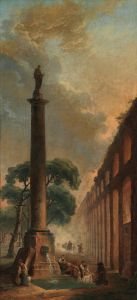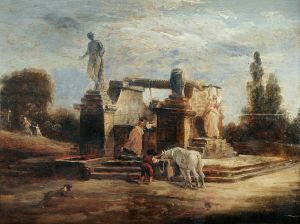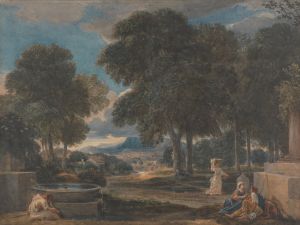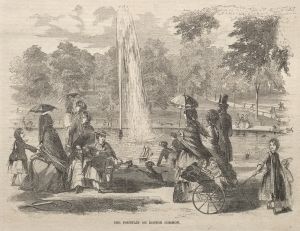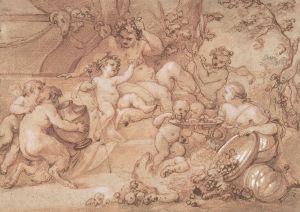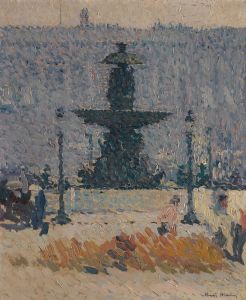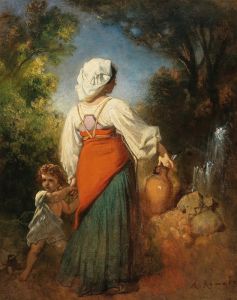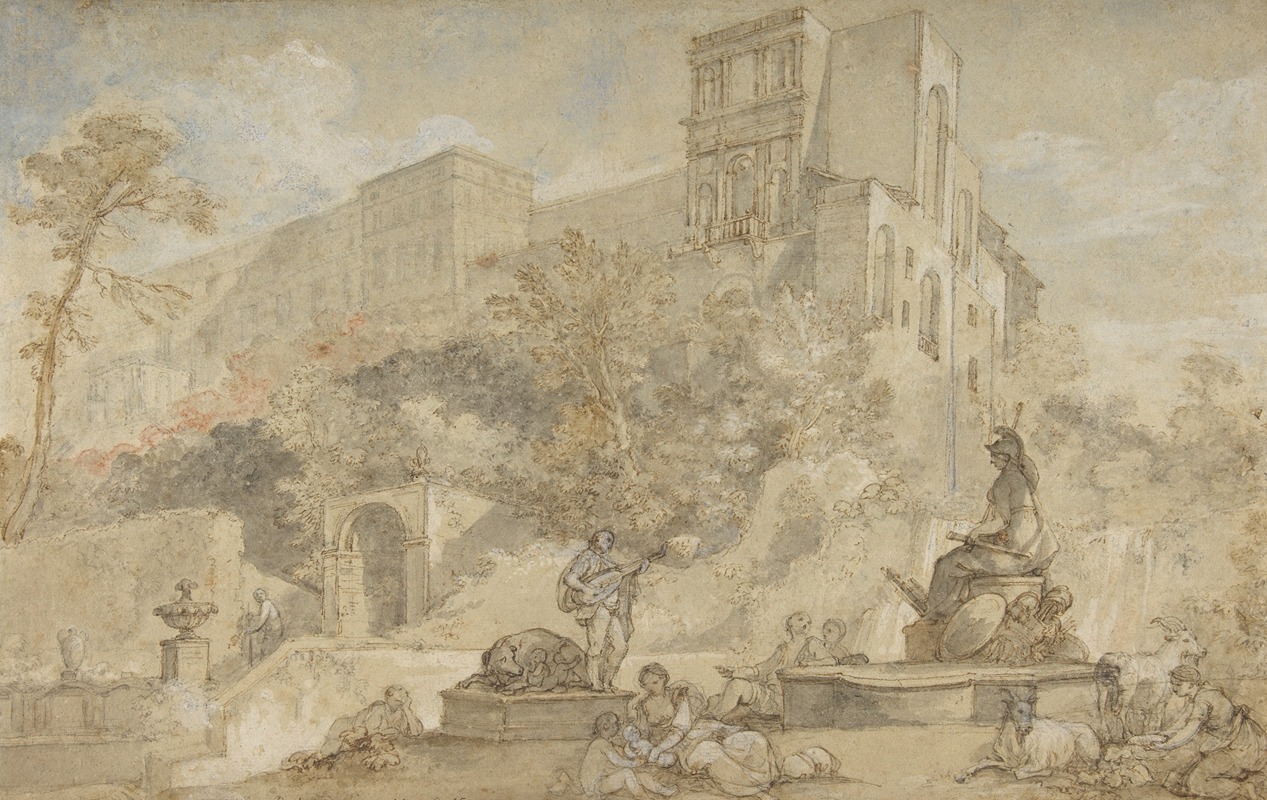
The Fountain of Rome at the Villa d’Este, Tivoli
A hand-painted replica of Charles-Joseph Natoire’s masterpiece The Fountain of Rome at the Villa d’Este, Tivoli, meticulously crafted by professional artists to capture the true essence of the original. Each piece is created with museum-quality canvas and rare mineral pigments, carefully painted by experienced artists with delicate brushstrokes and rich, layered colors to perfectly recreate the texture of the original artwork. Unlike machine-printed reproductions, this hand-painted version brings the painting to life, infused with the artist’s emotions and skill in every stroke. Whether for personal collection or home decoration, it instantly elevates the artistic atmosphere of any space.
Charles-Joseph Natoire's painting The Fountain of Rome at the Villa d’Este, Tivoli is a notable work by the French Rococo artist, who was active during the 18th century. Natoire, known for his refined and elegant style, was a prominent painter and director of the French Academy in Rome. This particular painting depicts a scene from the Villa d’Este, a renowned Renaissance villa located in Tivoli, Italy, famous for its elaborate gardens and fountains.
The Villa d’Este was commissioned by Cardinal Ippolito II d’Este in the 16th century and is celebrated for its innovative hydraulic engineering and artistic design. Among its many features, the Fountain of Rome, also known as the Rometta Fountain, stands out as a symbolic representation of the city of Rome. The fountain includes architectural and sculptural elements that evoke iconic Roman landmarks, such as the Tiber River and the Capitoline Hill.
Natoire's painting captures the grandeur and serenity of this setting, emphasizing the interplay between nature and architecture. The composition likely highlights the lush vegetation, flowing water, and classical motifs that characterize the gardens of the Villa d’Este. As a Rococo artist, Natoire was adept at creating scenes that balanced decorative elegance with a sense of movement and vitality, qualities that are evident in his depictions of landscapes and architectural features.
The painting reflects Natoire's interest in Italian landscapes and his ability to integrate them into his work. During his tenure in Rome, he was deeply influenced by the artistic and cultural heritage of Italy, which is evident in his choice of subject matter and his meticulous attention to detail. The Villa d’Este, with its harmonious blend of art and nature, provided an ideal setting for Natoire to explore these themes.
While specific details about the commission or provenance of The Fountain of Rome at the Villa d’Este, Tivoli are not widely documented, the work is often associated with Natoire's broader body of work that celebrates the beauty and sophistication of Italian art and architecture. Today, the painting is appreciated as an example of 18th-century artistic engagement with historical and cultural landmarks.
This artwork serves as a testament to Natoire's skill as a painter and his ability to convey the essence of a place through his art. It also underscores the enduring appeal of the Villa d’Este as a source of inspiration for artists and visitors alike.





